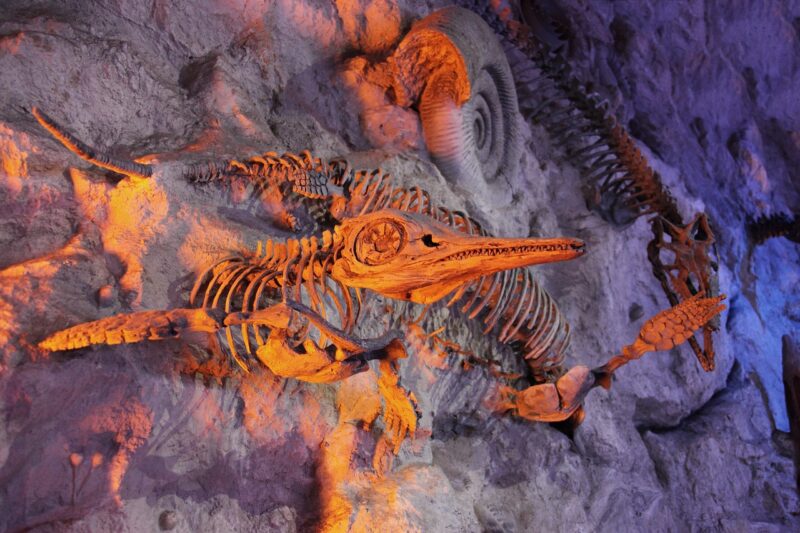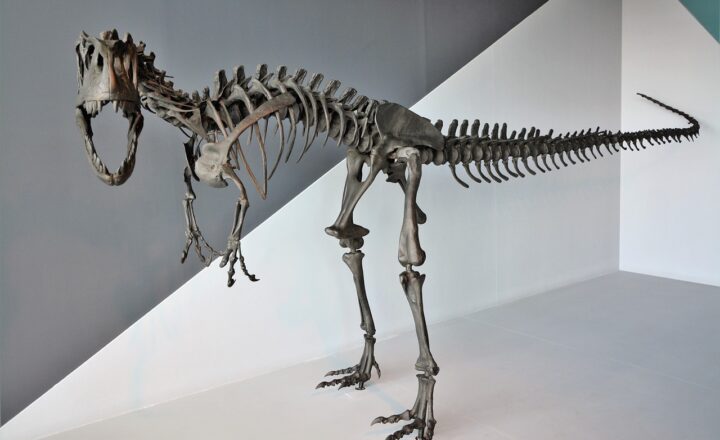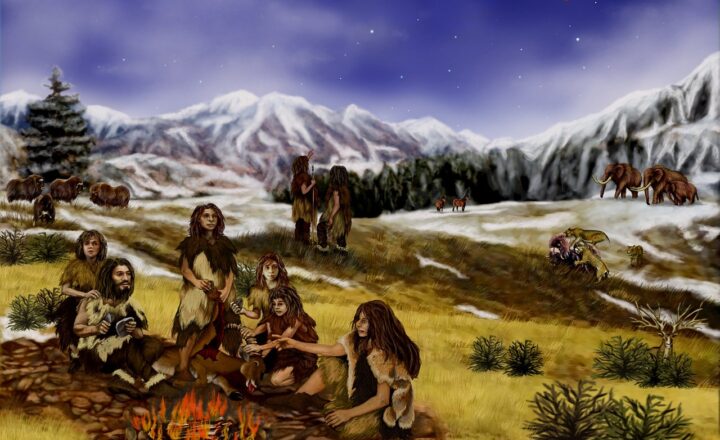Exploring the Strange Creatures of the Devonian Period: The Age of Fishes
November 14, 2024

The Devonian Period, often dubbed the “Age of Fishes”, spanned from about 419 to 359 million years ago. It represents a significant chapter in the history of life on Earth, during which aquatic ecosystems flourished and evolved densely. This period is marked by remarkable biodiversity, particularly among fish, that laid the foundation for many modern vertebrate lineages. In this article, we will dive deep into the intriguing world of Devonian creatures, exploring their characteristics, habitats, and their ongoing mysteries.
1. The Rise of Fish during the Devonian Period
The Devonian emerged as the golden age for fish. By this time, the oceans were populated with an astonishing variety of fish, each adapted to their environments in unique ways. Fish during this era belonged to several key groups:
- Placoderms: These were armored fish, often characterized by their bony plates on the head and thorax. They are considered among the first jawed fish and included famous genera like Dunkleosteus, which could grow over 30 feet long and was known for its formidable jaw structure.
- Acanthodians: Also known as spiny sharks, these were smaller fish that had distinctive spines along their fins and were likely agile predators in the shallow waters of the Devonian seas.
- Sarcopterygii: This group, which includes the modern lobe-finned fishes and tetrapods, possessed fleshy, lobed fins which allowed some species to maneuver onto land during later periods. This adaptation was crucial for the evolution of terrestrial vertebrates.
- Actinopterygii: These are the ray-finned fishes, which diversified immensely during the Devonian. Their structures and swim bladders allowed for better buoyancy and maneuverability in the water column.
The diverse adaptations of these groups exhibit an evolutionary experiment as life ventured into the unknown territories of fresh waters and new environmental conditions.
2. The Inhabitants of Devonian Seas
The oceans of the Devonian were not only filled with fishes; they also supported a variety of unusual invertebrates and other aquatic life forms. Among these inhabitants were:
- Corals and Crinoids: The reefs built by corals provide homes for a vast array of marine organisms, while crinoids (or living sea lilies) were abundant and contributed to the benthic environments of the Devonian.
- Cephalopods: Mollusks like ammonites and nautiloids thrived in the Devonian seas, frequently featuring spiral shells and sophisticated predatory behavior. Their evolution during this time set the stage for the diverse cephalopod fauna we see today.
- Jawless Fish: Fish such as lampreys and hagfish were also prevalent, showcasing early adaptations with their lack of jaws. Their evolutionary lineage continues to provide insight into vertebrate origins and diversity.
These diverse marine ecosystems were dynamic, supporting the food webs that ultimately allowed the Age of Fishes to flourish.
3. The Environmental Context of the Devonian
Understanding the environmental conditions of the Devonian Period is crucial to comprehending the evolution of its extraordinary inhabitants. A few significant aspects of the Devonian environment include:
- Climate and Geography: During the Devonian, Earth experienced a warm climate with high sea levels, which created extensive shallow seas covering much of the continents. The geography was dominated by large landmasses, such as Gondwana and Laurussia, facilitating distinct marine habitats.
- Oxygen Levels: The period saw an increase in atmospheric oxygen levels, which likely contributed to the growth and diversification of marine life. Evolving respiratory systems in fish supported this increase, allowing for more active lifestyles and predatory behaviors.
- Evolution of Land Plants: The proliferation of terrestrial plants, especially those that created and stabilized soils, had significant repercussions for marine ecosystems. Rivers and streams enriched with nutrient runoff affected the marine biomes, spurring evolutionary changes among aquatic organisms.
These environmental changes not only laid the groundwork for diverse marine life but also set the stage for significant evolutionary milestones as creatures began to explore and adapt to life on solid ground.
4. The Transition to Land: Fish to Tetrapods
The Devonian is renowned for not just the fish, but also the pivotal transition from aquatic to terrestrial life. As fish began to adapt to life on land, several key developments emerged, including:
- Lobed Fins: The development of lobed fins in some species, like Eusthenopteron, laid the foundation for the evolution of legs. These adaptations allowed some fish to venture onto land in shallow waters, ultimately leading to the first tetrapods.
- Adaptations for Breathing: Some fish developed primitive lungs or adaptations for breathing air, which would be critical for survival in a terrestrial environment. Tiktaalik, another significant fossil, provides evidence of these adaptations with its transitional features.
- Changes in Body Structure: As fish began to adapt to land, various changes in body structure facilitated movement and survival outside water, including stronger bones and altered skeletal arrangements.
This transitionary phase represents one of the most monumental shifts in Earth’s biological history, as vertebrates began to colonize land, leading to the incredible diversity of life forms we cherish today.
5. The End of the Devonian: Events and Extinctions
The Devonian Period did not conclude without upheaval and change. A series of geological and climatic events resulted in one of the largest extinction events in Earth’s history, impacting many marine species:
- Climate Change: Changes in climate, including cooling temperatures and shifts in sea level, altered the habitats of many aquatic species. The resulting stress on these species led to increased competition for resources and habitat.
- Impact Events: Asteroid impacts during this time may have triggered significant changes in ecosystems worldwide, leading to profound marine biodiversity loss.
- Mass Extinction Events: The end of the Devonian saw the loss of a significant percentage of marine species, particularly among the fishes, corals, and other invertebrates, shaping the trajectory of life on Earth for millions of years to come.
These extinction events were a testament to the dynamism of life and the ever-changing conditions of our planet, emphasizing the resilience and adaptability of organisms through time.
Conclusion: Understanding the Legacy of the Devonian Period
The Devonian Period remains a fascinating chapter in Earth’s history that highlights the emergence of fishes and the eventual transition of life from water to land. The remarkable adaptations and forms of life that evolved during this time laid the groundwork for modern ecosystems. Studying the strange creatures of the Devonian period enhances our appreciation of evolutionary processes and how life has thrived amid changing pressures. As we continue to uncover fossils and deepen our understanding, each discovery sheds light on the origins and intricate relationships that bind today’s biodiversity.
As you reflect on the Age of Fishes, remember that every species we see today — whether swimming in the ocean or strolling on land — carries echoes of this ancient time. Let us preserve the stories unveiled through paleontology, providing a window into the enigmatic tapestry of life on Earth that began long before humanity emerged.








